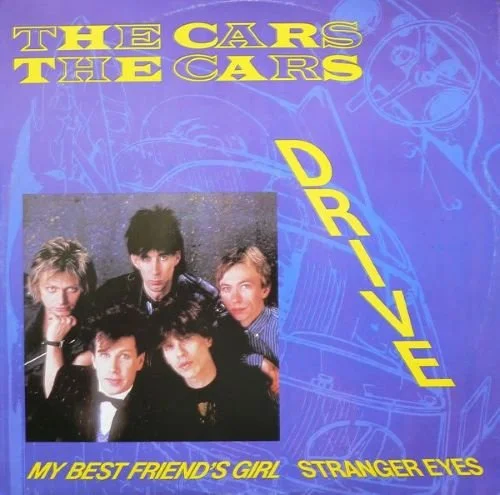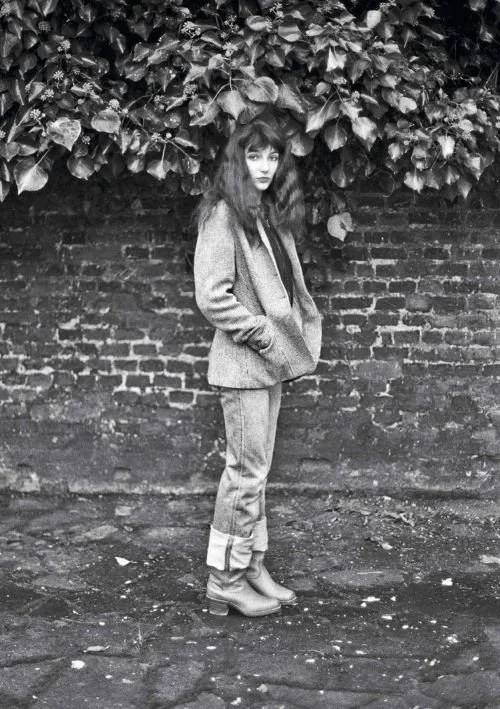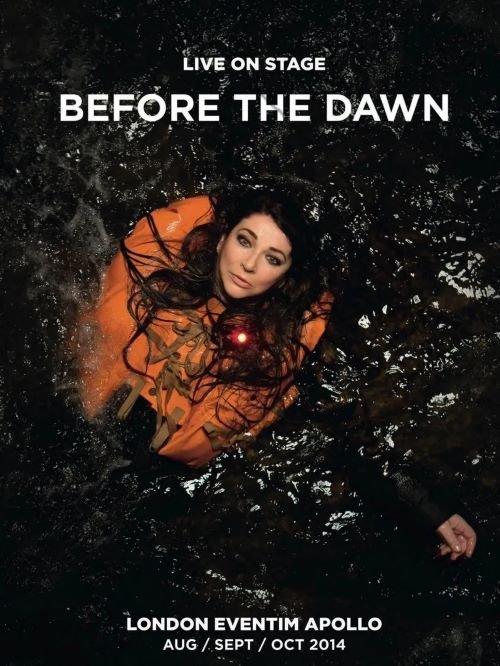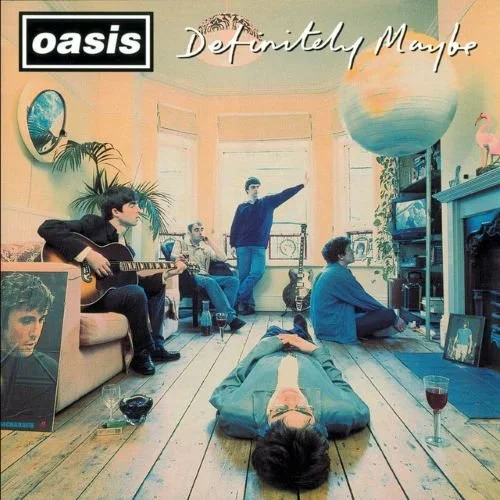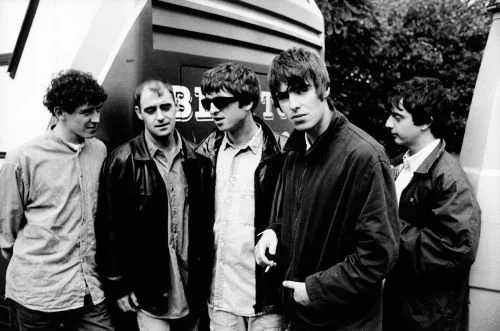FEATURE:
Kate Bush’s Smoky and Sensual Take
The Man I Love at Thirty
_________
I have written about this song…
IN THIS PHOTO: Kate Bush in 1993/PHOTO CREDIT: John Stoddart
a few times in the past. A deep cut and one of her finest cover versions, The Man I Love showed a side of Kate Bush that was not explored too much more. After 1993’s The Red Shoes, Bush backed away from the spotlight a bit. After the relatively mixed response to the album and the short film, The Line, the Cross and the Curve, there was a sense that she needed a break. Perhaps at a time when she was trying to keep busy and distracted after the death of her mother in 1992, Bush was in need of downtime and personal space. Few knew that 1993 would be the last time until 2005 when she was properly active and releasing a new album. She did do the odd thing between 1993 and 2005. There were singles and personal appearance. For the most part, Bush was spending more time at home and building a family. In the same year as the final single from The Red Shoes came out, Bush contributed to a very special album. The Red Shoes’ title track came out in April 1994. The final single, And So Is Love, was released in November 1994. Between then, Bush released The Man I Love. On 18th July, this amazing rendition went into the world. As it is thirty very soon, I wanted to explore it a bit more. The Man I Love is a standard with music by George Gershwin and lyrics by his brother Ira. It was part of the 1924 score for the Gershwin musical comedy Lady, Be Good. However, the song was removed from that show and instead placed into the Gershwins' 1927 satire, Strike Up the Band. Kate Bush recorded her version of this song for The Glory of Gershwin, with Larry Adler on harmonica. The single was released about a month before the album came out. Bush had contributed to tribute albums before. In 1991, she released her version of Rocket Man (I Think It’s Going to Be a Long, Long Time) for Two Rooms: Celebrating the Songs of Elton John & Bernie Taupin. She gave that song a Reggae tinge. She also recorded Mná na hÉireann, for an album called Common Ground – Voices of Modern Irish Music that was released in 1996.
After the release of The Red Shoes, there was this feeling that Bush had freedom to engage in other projects. Whether it was a charity single or contributing to albums with other artists, it allowed her opportunity to expand and show different aspects of her voice and personality. I think that The Man I Love is one of her smokiest and most beautiful vocals. Here is an article that sources a quote where Bush discussed working on The Man I Love with the late Larry Adler:
“Kate about ‘The Man I Love’
This romantic song was written by George and Ira Gershwin and when Larry Adler put an album together of their songs, called The Glory of Gershwin, he asked me to sing this beautiful song. The album was produced by George Martin. I was very fond of George – such a special talent and creative spirit, a really gentle man, very kind and incredibly interesting. It was a great honour to work with him and Larry. George and Larry were very different personalities (Larry was a real character), but they made a great creative combination.
It was released as a single and Kevin Godley directed the video. I loved working with Kevin – so imaginative and great fun. I’d worked with him and Lol Creme when they directed the video for Peter Gabriel’s song, Don’t Give Up. Kevin chose to present the video in a very traditional way which suited the song extremely well. Godley and Creme are huge talents who left their mark not just in the music industry with their intelligence and wit in the band 10CC but also in the visual world with their groundbreaking videos, working with an impressive list of diverse artists”.
It wouldn’t have really sounded like anything that was released in 1994. This was a few weeks before Oasis broke through with their debut album. That said, it did reach number twenty-two in the U.K. The Red Shoes reached twenty-one in the U.K. And So Is Love hit twenty-six . Bush was still in the top thirty and releasing singles that connected with the public. The Man I Love was released as a 7″ single, and a cassette single. It also came out in a range of C.D. singles.. All of the releases formats featured the title track and an edit of Rhapsody in Blue as performed by Larry Adler and George Martin.
It is intriguing what could have been if Kate Bush had explored that side of her voice on an album. 2005’s Aerial and 2011’s 50 Words for Snow had deeper and smoky voice. Not really with that sort of Jazz backing. A chance for Bush to step back in time and submit herself to the smoke and sensory overload of that time. Everything in black-and-white. The video was shot in black-and-white. Bush slowly walking around a set as Larry Adler plays harmonica. She looks enticing, intriguing and beautiful throughout. Kevin Godley’s video is brilliant! As I said, 1994 was a strange and changing year. Bush still engaged on the scene and releasing music, though she was moving away. Sort of hand-picking what she wanted to do. There were various bits of activity regarding her own music, yet it was the final year for almost a decade when she would be quite busy still. The allure of contributing to an album of George and Ira Gershwin songs was a nice break. Something different. A stunning take of a song many Kate Bush fans might not have known, she proved how amazing an interpreter she is. Think about the range of cover versions she performed and how varied they were. In every case, making the song her own - rather than a straight and faithful rendition. I am not sure how many people know about Kate Bush’s cover of The Man I Love. Such a bold and brave step, she is this artist who is fearless and almost effortless stepping into different genres and shoes. Such a natural talent who can make a song as relatively obscure as The Man I Love sound so urgent and almost modern. Even if it was worlds away from what was being released in 1994, it somehow fits. There is an essence and vibe to it that makes it timeless. On 18th July, it will be thirty years since Kate Bush’s version of The Man I Love was released. Her simply remarkable take is so…
STUNNING and moving.






